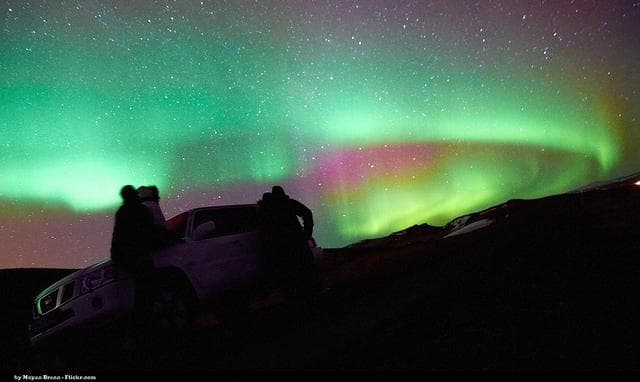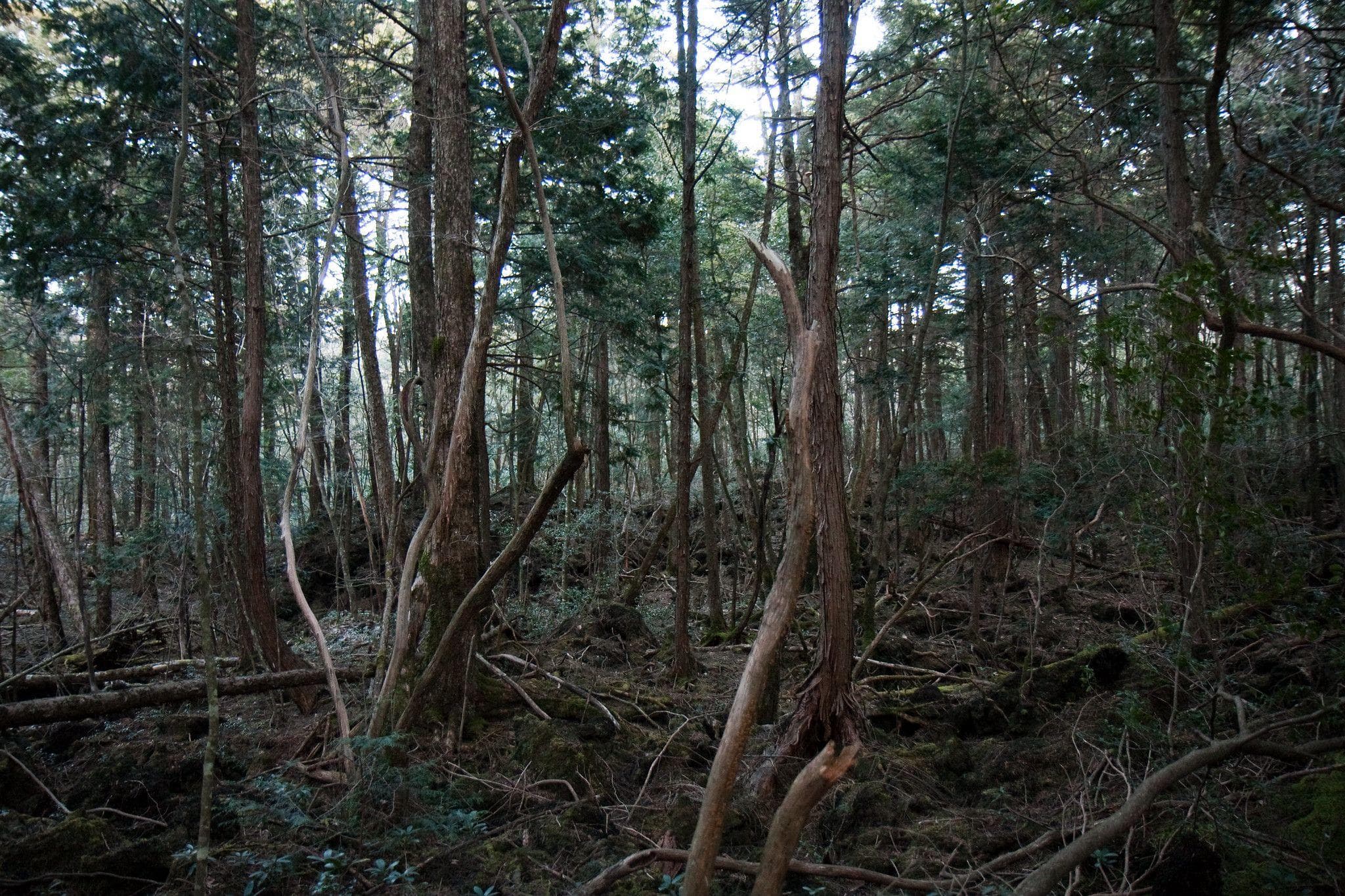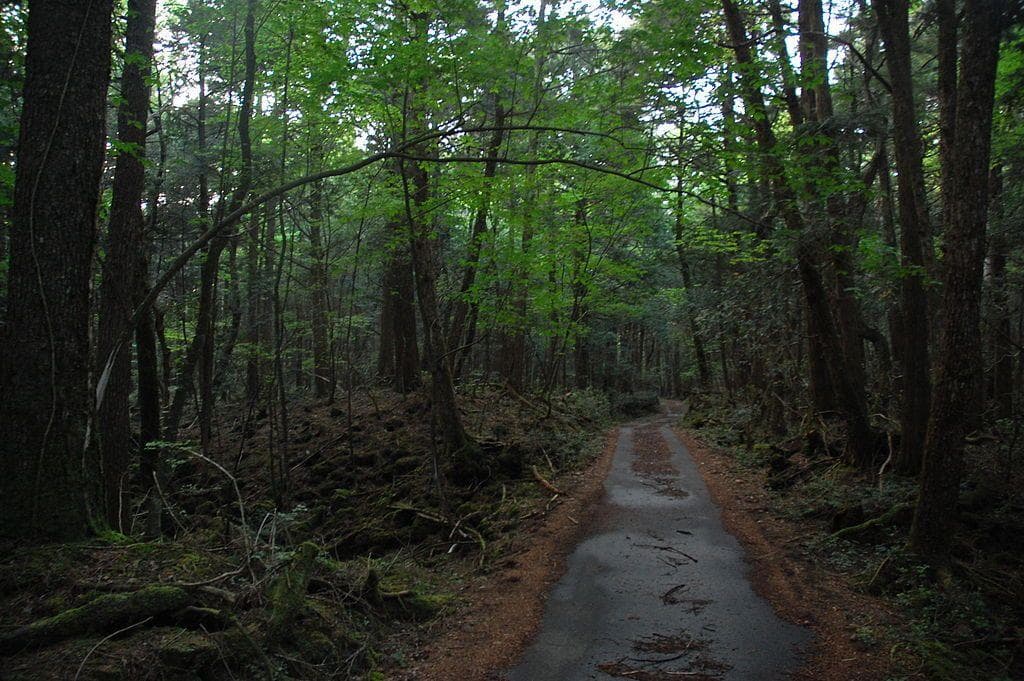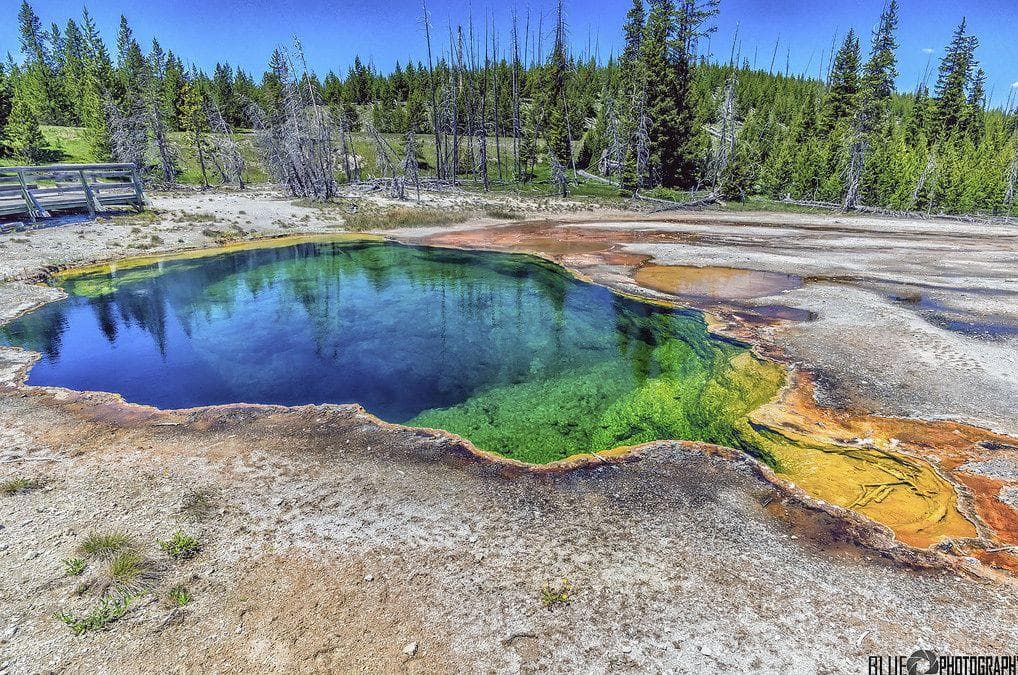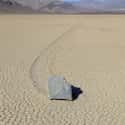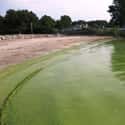-
(#3) Ball Lightning
Ball lightning is an unexplained atmospheric electrical phenomenon that refers to a luminous, usually spherical object (and it's not a piece o' the car) which can vary from pea-sized to several meters in diameter. It is usually associated with thunderstorms, but lasts considerably longer than the split-second flash of a lightning bolt.
Laboratory experiments have produced effects that are visually similar to reports of ball lightning, but it is presently unknown whether these are actually related to any naturally occurring phenomenon. Scientific data on natural ball lightning are scarce owing to its infrequency and unpredictability. The presumption of its existence is based on reported public sightings, and has therefore produced somewhat inconsistent findings. Because there is a real lack of data on the phenomenon, the true nature of ball lightning is still unknown. -
(#10) Aurora Borealis
Superintendant Chalmers: Good Lord, what is happening in there?
principal Skinner: The Aurora Borealis?
Superintendant Chalmers: The Aurora Borealis? At this time of year? At this time of day? In this part of the country? Localized entirely within your kitchen?
principal Skinner: Yes.
Superintendant Chalmers: May I see it?
principal Skinner: No.
An aurora is a natural light display in the sky particularly in the Arctic and Antarctic regions, caused by the collision of energetic charged particles with atoms in the thermosphere. These charged particles come from the magnetosphere as well as solar winds and are directed by the Earth's magnetic field into the atmosphere.The altitude and the density of the atmosphere determine the colors you see, when the energetic electrons are strong enough to split the air molecules into nitrogen and oxygen. Oxygen atoms tend to display in two typical colors: green and red. The red is a brownish red that is at the limit of what the human eye can see, and although the red auroral emission is often very bright, we can barely see it.
To see aurora you need clear and dark sky. During very large auroral events, the aurora may be seen throughout the US and Europe, but these events are rare. I saw the Aurora in the middle of Utah once... looked like the sky was on fire in the middle of the night. -
(#7) Ice Circles
That ice circles and discs form is no mystery, but how they form is still a little up in the air. Ice circles are thin, circular slabs of ice that rotate slowly in the water. It is believed that they form in eddy currents, but some new theories involving rising methane have been brought forward in Russia. -
(#1) Sailing Stones
The method by which these stones travel is still an unsolved mystery. At a place called The Racetrack Playa in Death Valley, there's a dry lake bed that is surprisingly flat, with only a 4cm height differential between the north and south ends. The high mountains surrounding the Racetrack are made mostly of dark dolomite and tower over the lake bed. When the heavy desert rains come, water pours down these mountains and onto the lake bed, forming a very shallow lake. Due to the hot temperatures of the region (because, you know, Death Valley), the water evaporates, leaving behind a layer of soft, very slick mud. There is a theory that high winds move the rocks at this time, the thin layer of mud acting as a lubricated surface. However, the fact that some stones move and others do not, or that some will simply change direction... makes the wind theory slightly suspect.
These rocks seem to only move every 2 or 3 years, and some tracks develop over 4 years. There have been research teams on the Playa since the 70s, but no one has yet to witness the stones actually moving.
Update: In 2014, a team of scientists and engineers were finally able to capture on video how it happens. -
(#6) Algal Bloom
Algal blooms are a natural phenomenon, the occurrence of which may be increased by nutrient pollution. Algae can multiply quickly in waterways with an overabundance of nitrogen and phosphorus, particularly when the water is warm and the weather is calm. This proliferation causes "blooms" of algae that turn the water green, orange or red.
The ones that most folks take note of, of course, are the ones that turn the ocean to blood. Or, you know, "red tide", even though it has nothing to do with the tide. This is known as one of the 'harmful blooms', although not only the red and brown algea are harmful. These HABs can produce neurotoxins (which affect the nervous system) and hepatotoxins (which affect the liver). These toxins can potentially impact the health of people who come into contact with water where HABs are present in high numbers.
Even though these blooms have been around since before biblical times, there has been increased public awareness of the negative impacts of these blooms to marine resources -- such as strandings and deaths of marine mammals, birds, and sea turtles. In addition, scientists have determined that there are more toxic algal species, algal toxins, affected fisheries resources, food-web disruption, and economic losses from harmful algal blooms than ever before.
-
(#5) Rogue Wave
Rogue waves (also known as freak waves, monster waves, killer waves, extreme waves, and abnormal waves) are large and dangerous surface waves that occur far out to sea. These are not tsunamis, but instead seem to form from a variety of possible causes.
There are three types of rogue waves, the "Wall of Water", the "Three Sisters" and single, giant storm waves that can collapse within moments of their formation. These waves seem to occur in deep water or where a number of physical factors converge and can cause a number of waves to join together.
New Random Displays Display All By Ranking
About This Tool
The planet we live on is a unique place, and there are many rare natural phenomena that most people cannot imagine, and it is difficult for us to observe in our daily lives. But I believe that after checking these photos, you will definitely have the urge to learn more about these magical natural phenomena, they are spectacular and amazing, such as rocks that walk alone and ball lightning.
This random tool lists the 10 most impressive rare natural phenomena on the earth that really happen in the real world. This mysterious and beautiful blue planet will always show humans its creativity.
Our data comes from Ranker, If you want to participate in the ranking of items displayed on this page, please click here.





